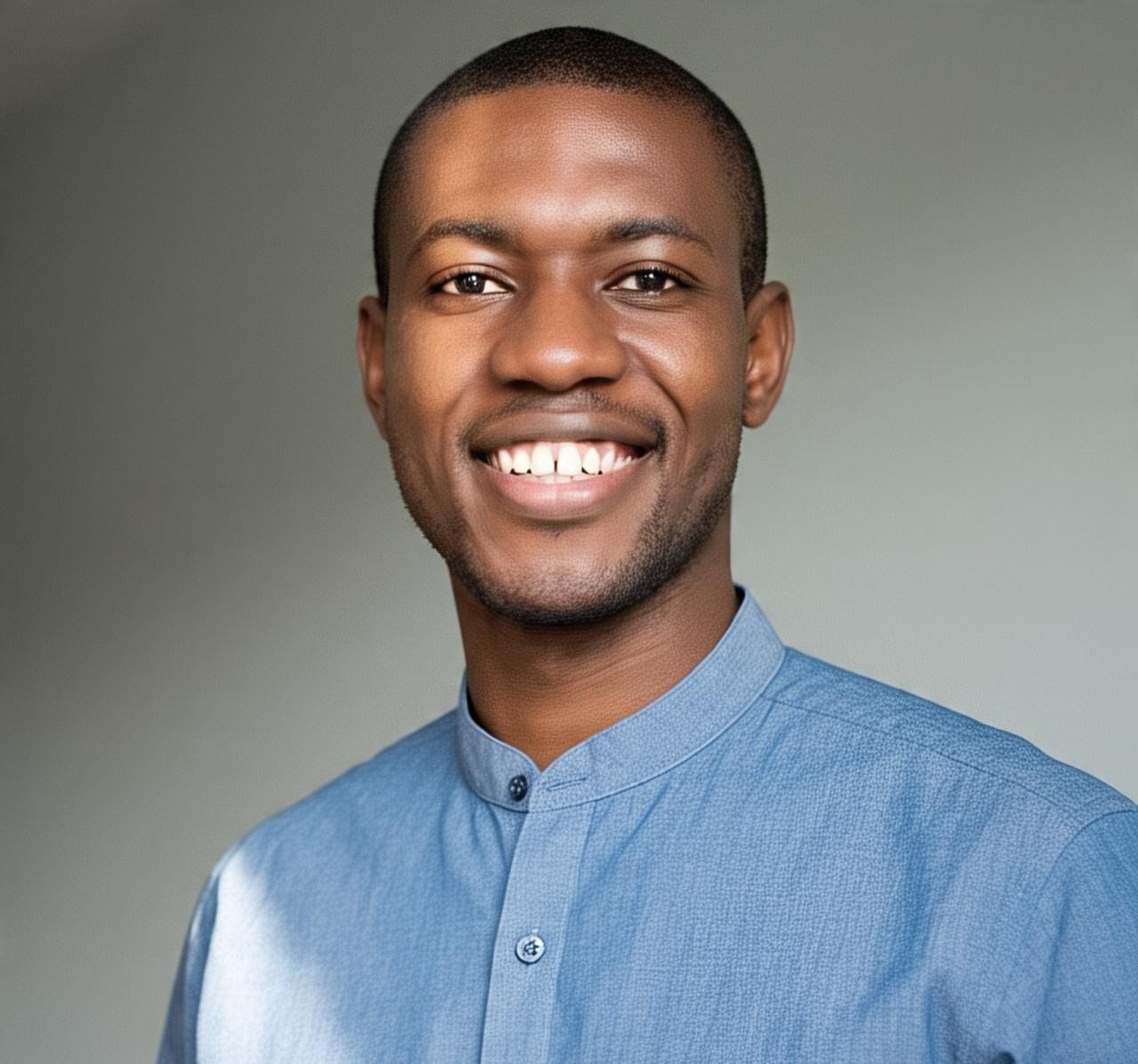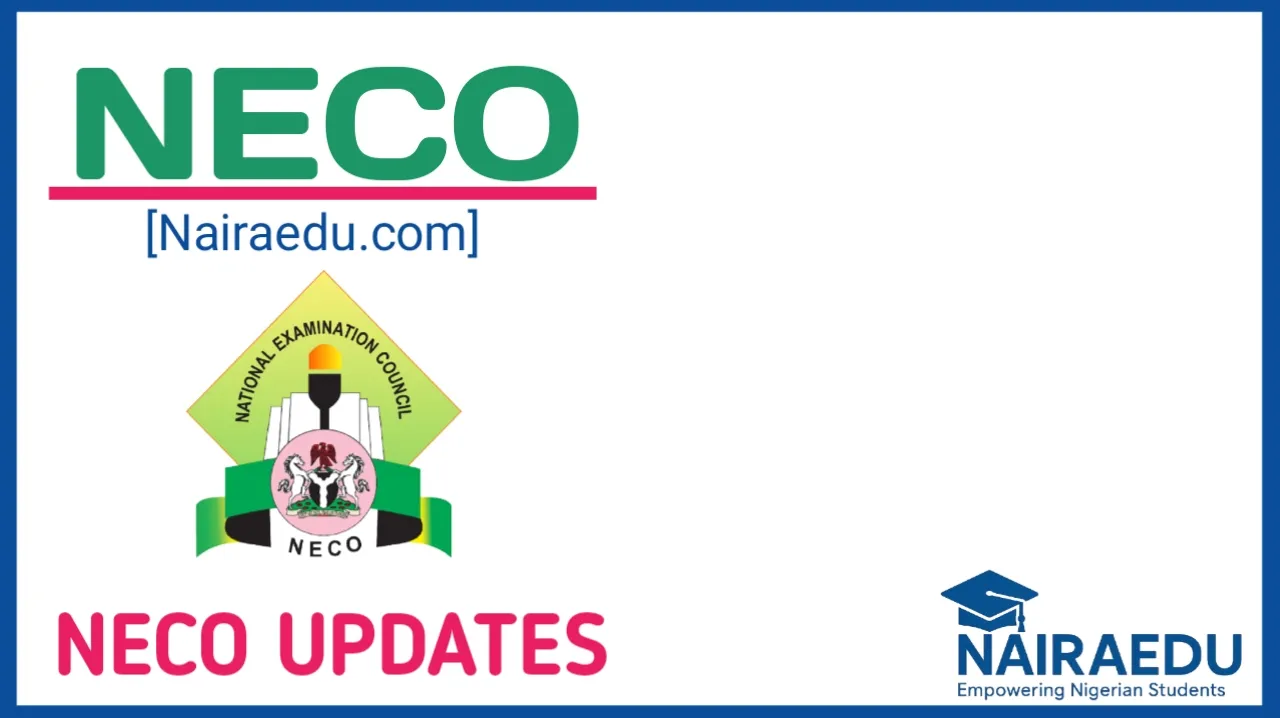The National Examination Council (NECO) Has Scheduled The NECO Visual Art Questions And Answers 2025 Paper To Kick Of On The 24th July, 2025.
This brings the attention of candidates writing the exam in to searching for Visual Art NECO 2025 Questions And Answers, NECO Visual Art Expo 2025, NECO Visual Art 2025 question and answer, 2025 NECO Visual Art Questions and Answers and etc.
NECO Visual Art Questions And Answers 2025
In this section, you will read the steps and requirements needed for you to get NECO Visual Art Questions And Answers before exam.
NECO Visual Art 2025 Paper is Categorized in to 2 parts:
- NECO Visual Art Essay 2025
- NECO Visual Art Objective 2025
(1a)
An art exhibition is a space where art objects are displayed to the public. It can be a temporary or permanent display of art in a gallery, museum, or other venue, showcasing works by one or more artists, often centered around a specific theme or medium.
(1b)
(i)Art Galleries
(ii)Museums
(iii)Community Centers
(1c)
(i)Promotes cultural understanding: Exhibitions expose viewers to diverse artistic expressions and cultural perspectives.
(ii)Supports artists: They provide a platform for artists to showcase their work, gain recognition, and potentially sell their pieces.
(iii)Educates the public: Exhibitions offer opportunities for learning about art history, different art movements, and artistic techniques.
=================
(2a)
Perspective in art is a technique used to create the illusion of depth and distance on a two-dimensional surface, giving the impression of three-dimensional space.
(2b)
(i)Linear Perspective
(ii)Atmospheric (or Aerial) Perspective
(2c)
Linear Perspective: This technique uses converging lines (orthogonals) that meet at a vanishing point on the horizon line to create the illusion of depth and distance. Objects appear smaller as they recede into the distance, and parallel lines appear to converge.
============
(3)
(i) A studio is a room or workspace where an artist, photographer, or musician creates their work.
(ii)logo is a graphic mark, emblem, or symbol used to aid and promote public identification and recognition of a company, organization, product, or brand.
(iii) Montage is a technique in art (especially in film and photography) where a series of short clips, images, or scenes are combined to condense space, time, and information.
(iv) Shuttle In the context of art, “shuttle” is not a common art terminology. It’s possible this refers to a tool used in crafts like weaving or lacemaking, but without further context, its specific meaning in art is unclear.
(v)Harmony in art refers to the pleasing arrangement of elements, colors, or forms within a composition, creating a sense of unity and visual coherence.
============
(5)
(i) Funke Ifeta: Funke Ifeta is a contemporary Nigerian artist known for her vibrant and expressive paintings, often exploring themes of identity, culture, and social issues. Her work frequently incorporates bold colors and dynamic compositions, reflecting a unique blend of traditional and modern influences.
(ii) Lamidi Fakeye: Lamidi Fakeye (1928-2009) was a renowned Nigerian sculptor and a prominent figure in Yoruba wood carving. He came from a long lineage of carvers and was celebrated for his intricate and symbolic carvings, which often depicted Yoruba deities, historical events, and everyday life, contributing significantly to Nigerian art.
(iii) Yusuf Grillo: Yusuf Grillo (1934-2021) was a distinguished Nigerian artist and a key member of the Zaria Art Society. He was known for his distinctive style characterized by geometric forms, vibrant colors, and a strong emphasis on Nigerian themes and culture. His work often explored the interplay of light and shadow and incorporated traditional Yoruba motifs.
===========
(4a)
Leather tanning is the process of treating animal hides and skins to convert them into durable and usable leather.
(4b)
(PICK ANY THREE)
(i)Used for making clothing(e.g jackets, pants, skirts)
(ii)Used for making furniture(e.g sofas, chairs etc)
(iii)Used for making foot wears(e.g shoes boot sandals)
(iv)Used for making sport equipments
(v)Used for making automotive interiors
(vi)Used for making accessories(e.g belts gloves watch straps).
(4c)
(PICK ANY TWO)
(i)Dyeing:
This technique involves applying color to the leather, either by dipping it in a dye bath or applying it with a brush or sponge. It can be used to achieve a wide range of colours and effects, from subtle washes to bold, saturated hues.
(ii)Carving:carving involves using specialized tools to cut into the surface of the leather, creating raised or recessed designs. This technique can be used to create intricate patterns, images, or even three-dimensional effects.
(iii)Tooling:
Tooling, also known as stamping, uses metal stamps with various designs to imprint patterns into the leather. The stamps are hammered onto the leather, creating a raised or recessed impression.
(iv)Stitching:
Stitching can be done by hand or with a sewing machine, and various decorative stitches can be incorporated to enhance the overall design.
==============
(6)
(i) Origin: Baga art originates from the Baga people, an ethnic group primarily residing along the coast of Guinea-Conakry in West Africa. Their art is deeply rooted in their spiritual beliefs and social structures, often associated with secret societies and initiation rites.
(ii) Style: Baga art is characterized by its monumental and distinctive sculptural forms, particularly the elaborate Nimba headdresses. The style often features stylized human or animal forms, exaggerated features, and a strong sense of abstraction, reflecting a powerful and symbolic aesthetic.
(iii) Characteristics: Key characteristics include large-scale wooden sculptures, often used in ceremonies and rituals. These sculptures frequently exhibit a combination of human and animalistic features, intricate patterns, and a dark, weathered patina from ritual use. The Nimba headdress, with its massive, stylized female bust, is a quintessential example.
(iv) Medium: The primary medium for Baga art is wood, particularly indigenous hardwoods. The sculptures are often carved from a single piece of wood and may be adorned with other materials like metal, cloth, or pigments, although the natural wood finish is often preserved.
(v) Significance: Baga art holds profound spiritual and social significance for the Baga people. The sculptures, especially the Nimba, are believed to embody ancestral spirits and are central to fertility rites, agricultural ceremonies, and initiation rituals. They serve as powerful symbols of cultural identity, community cohesion, and connection to the spiritual world.
============
(7a)
Renaissance Art refers to the style of art that emerged in Europe during the Renaissance period, roughly from the 14th to the 16th century, originating in Italy. It marked a revival of classical Greek and Roman artistic principles, emphasizing realism, humanism, perspective, and naturalism. Key characteristics include the use of linear perspective to create depth, chiaroscuro to model light and shadow, and a focus on human anatomy and emotion, often depicted in religious or mythological themes.
(7b)
(i)Leonardo da Vinci
(ii)Michelangelo
(7c)
Leonardo da Vinci (1452–1519)
Leonardo da Vinci was an Italian polymath, considered one of the most brilliant minds in history. He was a painter, sculptor, architect, musician, scientist, inventor, anatomist, geologist, cartographer, botanist, and writer. His most famous works include the Mona Lisa and The Last Supper, both celebrated for their innovative techniques and psychological depth. He was a pioneer in the use of sfumato, a painting technique that creates soft, hazy transitions between colors and tones.
============
NECO Visual Art Expo 2025
Here on Nairaedu.com, we have all the questions and answers ready with us and you will get it immediately after payment. That is NECO Visual Art 2025.
| NECO SUBSCRIPTION | NECO Visual Art 2025 |
|---|---|
| ₦1000 | |
| Online PIN | ₦1000 |
| Answer Page | https://nairaedu.com |
| Delivery Time | 2 Days to Exam |
==> WhatsApp: ₦1000 MTN CARD
Whatsapp MEANS The answer will be sent to you on WhatsApp after we confirm your subscription. chat Nairaedu.com on WhatsApp @ 08151297236.
==> Online PIN: ₦1000 MTN CARD
Online PIN MEANS The Pin to access the answers online via https://nairaedu.com/ will be sent to u at least a day before the exam to access the answers.
Send The Following details:-
(i) MTN CARD Pin(s)
(ii) Your Name
(iii) Subject
(iv) Phone number
And send it to this number 08151297236 via WhatsApp or SMS.
NOTE:- All WhatsApp Messages Sent To The Above Number Are Attended To Immediately. Always Send Us WhatsApp Message Of Your Complaint, Your Message(s) Will Get To Us And We Will Reply immediately.
RELATED POST
NECO 2025 Timetable Is Out – See Full Schedule (Download PDF)
NECO Further Mathematics Questions And Answers 2025
NECO Foods And Nutrition Questions And Answers 2025
NECO CRS Questions And Answers 2025
NECO Islamic Studies Questions And Answers 2025 (IRS)
NECO Agricultural Science Questions And Answers 2025
NECO Geography Questions And Answers 2025
NECO Chemistry Questions And Answers 2025
NECO Biology Questions And Answers 2025
NECO Computer Studies Questions And Answers 2025
NECO Data Processing Questions And Answers 2025
NECO Animal Husbandry Questions And Answers 2025
NECO Fisheries Questions And Answers 2025
NECO Physics Questions And Answers 2025
Conclusion
Dear NECO 2025 Candidate, Please subscribe 2 days or a day before your paper to enable you get your questions and answers/PIN on time, And make sure that you subscribe to a legit platform such as Nairaedu.com to Avoid stories that touches. We wish all of you a successful results.

Mr. Femi is an education blogger who simplifies exam updates and study tips for Nigerian students. His goal is to make learning smart, easy, and rewarding.

